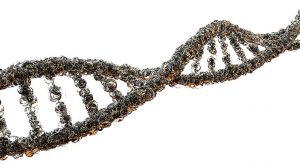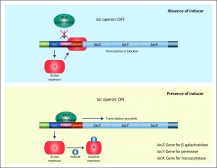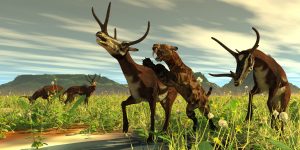Anterior primary division –>
ventral primary ramus of spinal nerve
(Science: anatomy, nerve) The larger, anterolaterally-directed major terminal branch (with the dorsal primary ramus) of all 31 pairs of mixed spinal nerves, formed at the intervertebral foramen. Most ventral primary rami, especially those involved in the innervation of the limbs, participate in the formation of the major nerve plexuses (cervical, brachial, and lumbosacral) and lose their identities. Most in the thoracic region, however, remain separate from adjacent rami to become the intercostal and subcostal nerves. Ventral primary rami provide innervation to the anterolateral body wall and trunk. Nomina anatomica lists ventral primary rami as rami ventrales for each group of spinal nerves: 1) cervical (nervorum cervicalium ), 2) thoracic (nervorum thoracicorum ), 3) lumbar (nervorum lumbalium ), 4) sacral (nervorum sacralium )m, and 5) coccygeal (nervi coccygei ).
Synonym: ramus ventralis nervi spinalis, anterior primary division.
Dictionary > Anterior primary division
You will also like...

Genetic Mutations
This tutorial looks at the mutation at the gene level and the harm it may bring. Learn about single nucleotide polymorph..

Gene Action – Operon Hypothesis
Learn how the way genes control and determine every aspect of the body. This lesson uses lac operon as an example. ..
..

Lotic Communities & Algae
Lotic communities have conditions that are rather harsh for typical plants. Thus, the diversity of plant species in loti..

Early Mammals on Earth
The Earth's ecosphere was rapidly changing and throwing up a wide range of ecological niches that new adaptive organisms..

A Balanced Vitamin Diet – Vitamins A – K
A balanced diet is essential to a healthy organism. Insufficiency or too much of a particular element or compound, such ..

Gene Regulation in Eukaryotes
Learn about the general structure of a eukaryotic gene, the transcription factors, and post-transcriptional regulation....

